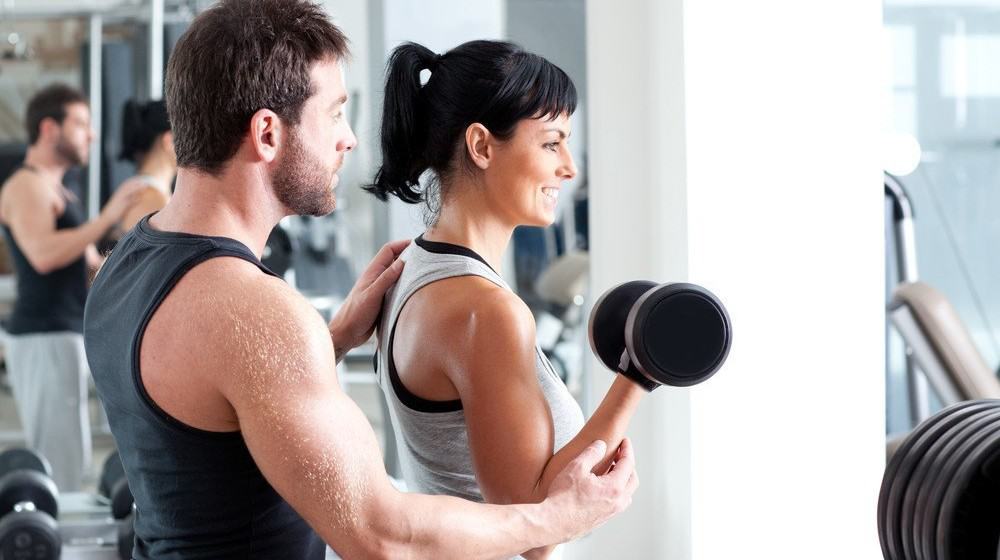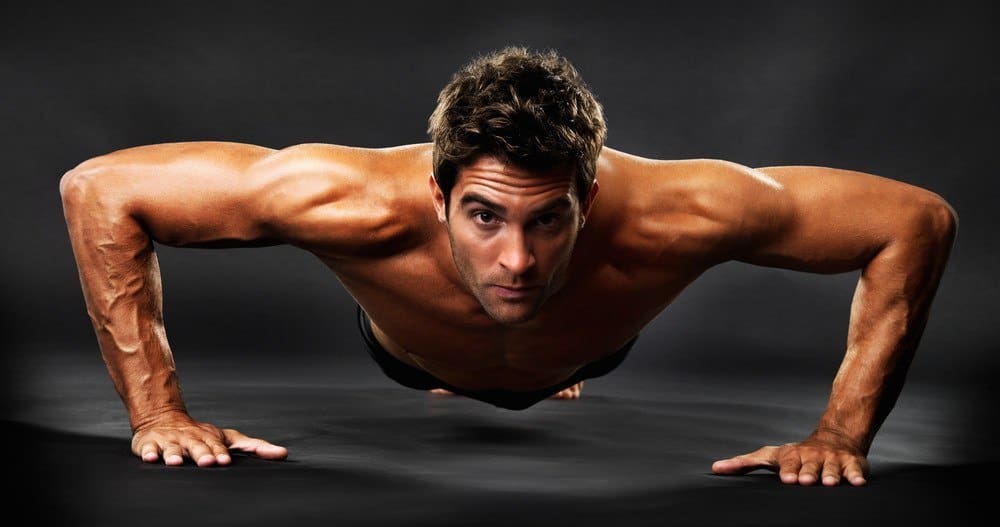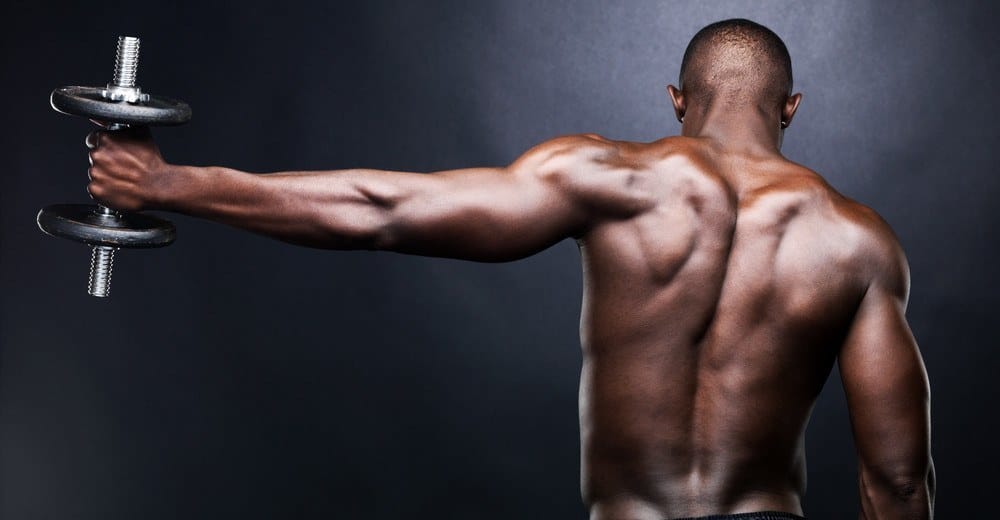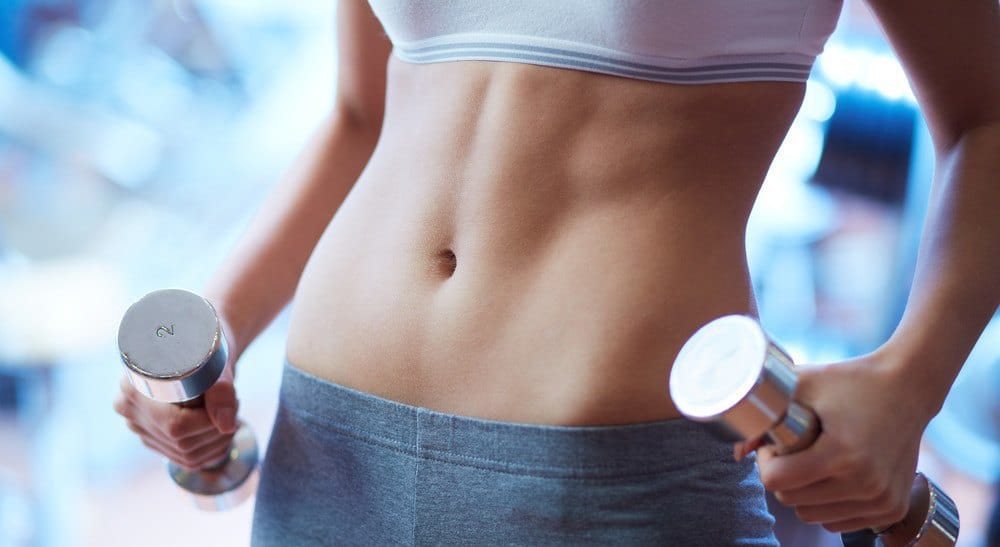
Everyone throws the word “fitness” around, but what is fitness really?
We’ve all got our own definition of what true fitness is, but I’ll give you an official definition of the term – from the National Federation of Professional Trainers Handbook.
“Having the energy and strength to perform daily activities vigorously and alertly, with energy left over to enjoy leisure activities or to meet emergency demands. The muscles, lungs, and heart should be strong, and weight and body fat should be within a desirable range – 25% body fat or less for women and 18% body fat or less for men.”
That is how this particular training manual defines true fitness, and that seems like a pretty good meaning of fitness to me.
Remember: Exercise your mind as well as your body! “The Happiest Man in the World” Matthieu Ricard reminds us that we need to work out our minds as well as our physical forms, and only when we have trained our minds and our bodies will be truly be fit!
True Fitness – Breaking It Down
If you want to look at fitness, there are really four different aspects of true fitness that you need to take into consideration:
Cardiorespiratory Conditioning

Cardiorespiratory conditioning is the fancy way of saying “Your heart and lungs keeping up with your muscles as you work out.” If your cardiorespiratory system is in poor shape, you’ll run out of breath quickly.
Having good cardio endurance will give you a lot more energy, and doing cardio will help to burn calories, reduce body fat, and keep your body weight within a healthy range.
If you want to achieve true fitness in cardio:
| Intensity | Between 60 and 70% of your maximum heart rate should be your goal when doing cardio training. |
| Activity | Large muscle groups should be used for steady state exercise over long periods of time (running, swimming, cycling, etc.) |
| Frequency | This type of activity should be performed 3 to 5 times per week. |
| Duration | Between 15 and 60 minutes per day. |
You’ll see great results within the first 6 to 8 weeks.
Muscular Endurance

This is defined as “Your muscles’ ability to perform contractions for long periods of time.” When you spend time doing crunches or holding your baby for an hour, it is low intensity use of your muscles over long periods of time – also known as muscle endurance.
To achieve proper muscular endurance:
| Intensity | Use about 40 to 60% of your total weight capacity, doing sets of 20 to 25 reps. |
| Activity | Do three circuits of three exercises of the following types: Pushing, Pulling, Leg Squatting or Pressing. |
Muscular Strength

There are two types of muscular strength to consider:
- Dynamic strength – This means the amount of weight your muscles are able to move, during exercises like bench presses and curls.
- Static strength – How much weight your muscles can hold without moving, during exercises like static plank hold or the bridge position.
Your goal of true fitness is to be strong enough that you can do all of your daily tasks without worrying about injuring yourself, especially the heavy work that you occasionally find yourself stuck with.
| Intensity | Use about 80 to 90% of your total weight capacity, doing sets of 4 to 6 reps. |
| Activity | Do static contractions (exercises where your muscles are tensed, but unmoving) or regular dynamic exercise (bench presses, push- ups, etc.). Make sure to use compound movements that target muscle groups rather than individual muscles. |
| Frequency | Exercise specific muscles no more than twice per week, giving them time to heal. |
Flexibility

Flexibility is one of the most important aspects of true fitness, but also one of the most neglected. It is basically your ability to move your joints and muscles through their proper, complete range of motion, without discomfort or pain.
The Toe Touch Test is a good way to determine how flexible you are. Keep your legs perfectly straight as you bend forward to touch your toes. If you can touch them, you’re flexible enough. If not, you’ve got something to work towards.
Flexibility will reduce the risk of injury, and it will help to keep your joints and muscles mobile as you age. The most important areas to work on are your lower back and your posterior (rear) thighs – also known as your hamstrings. These are the most injury-prone areas.
| Intensity | Stretching is all about pulling gently on the muscles, but without any pain. If you feel discomfort, ease up, breathe, and stretch again. |
| Activity | Do simple stretches, but make sure to loosen up all of the joints and muscles in your body. |
| Frequency | Do this every day before and after your workouts. It will prevent injuries and sore muscles. |
| Duration | Stretch for no more than 10 to 15 minutes per day, unless you are trying to increase your flexibility. |
An Ideal Workout for True Fitness

Here is the ideal workout for general fitness – as recommended by the NFPT:
- 5 to 10 minutes of warming up — This will involve stretching and a low level aerobic activity – such as cycling or walking.
- 25 minutes of weight training – Perform 3 sets of 20 to 25 reps of each of the following types of exercises: Pushing, Pulling, Leg Pressing/Squatting. Do three circuits for a total of 9 sets.
- 10 minutes of core/ab workout – Do any workout that gets your core working and your muscles burning.
- 20 minutes of aerobic activity – Your exercise should get your heart beating up to 70% of your total heart rate. Can include jogging, running, swimming, cycling, etc.
- 5 to 10 minutes of cooling down – Once again, stretches will help to relieve the tension from your muscles and prevent injuries. Focus especially on the muscles that were worked out during this session.
Here are the best exercises to do for this workout:
Pulling
- Chest Press
- Military Press
- Triceps Extensions
Pushing
- Pull Downs
- Rows
- Curls
Legs
- Squats
- Leg extensions
- Leg curls
For details see the training resources provided continue
reading to discover. Kettleballs and sandbags are another helpful gym
tool used to increase strength.